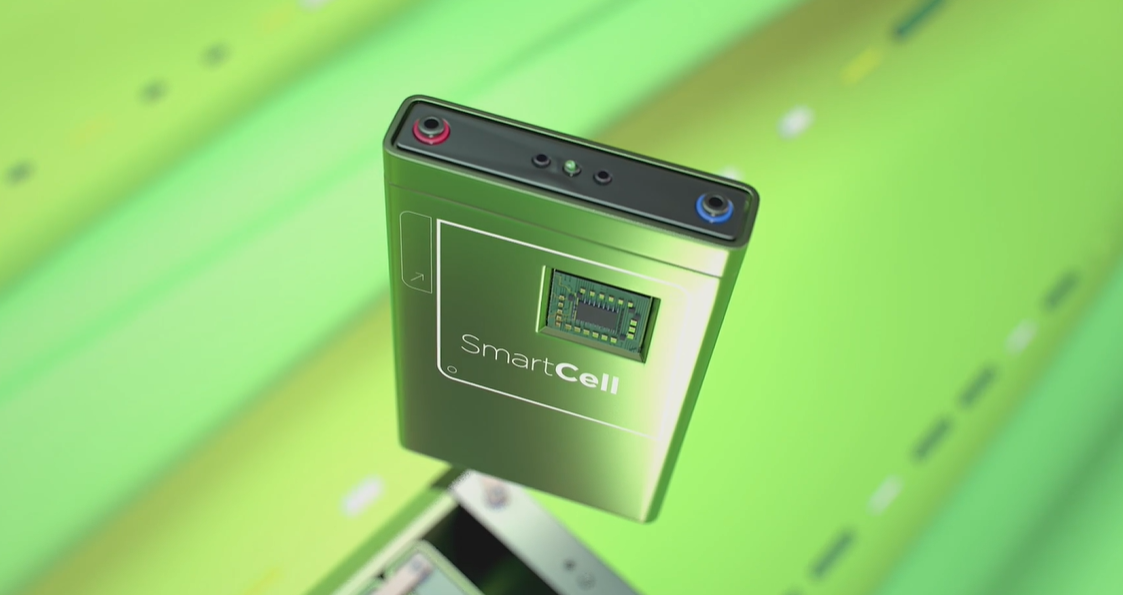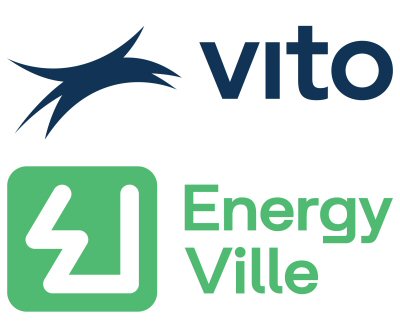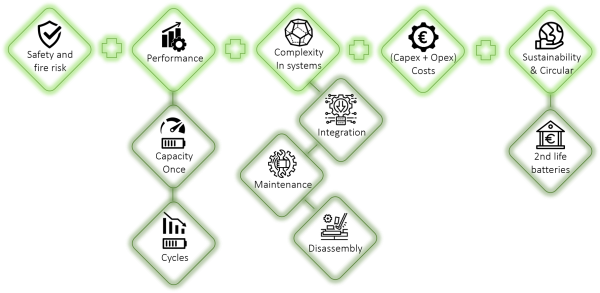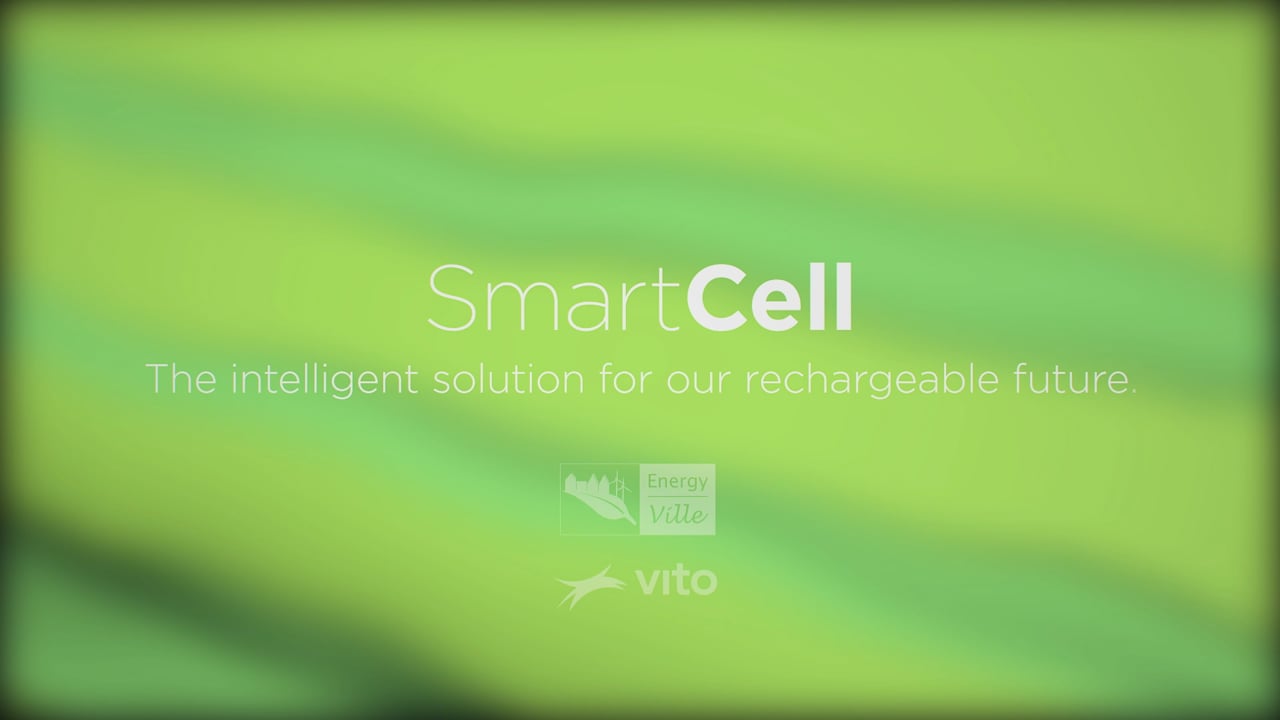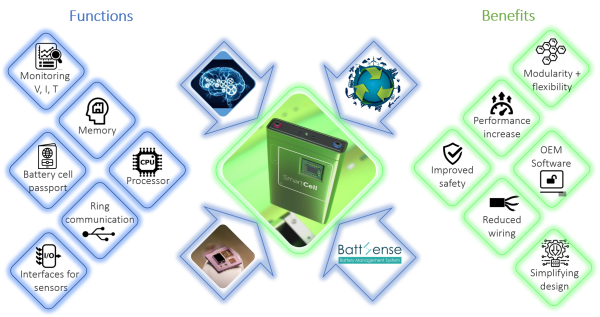When it comes to batteries, we have to take some concerns into account:
- Safety and risk: the risk of fire is ever-present. Whether a public bus, an electric car, a scooter or a grid-connected battery.
- Performance:
- There is still a large concern about the capacity of batteries. e.g. the rapidly changing range of electric vehicles according to the changes in ambient temperatures.
- The number of cycles or in other words the ageing effects on a battery versus the limited warranty to be offered on the battery.
- System complexity: All battery projects are suffering from the need for complex electronics, multiple cables and mechanical design constraints. And this complexity will impact the integration work for the Battery integrator (at the module level but also at the system level). It will also impact the maintenance and moreover, it impacts the disassembly process when moving to the repurposing for second-life applications.
- Cost: Many of us have considered the transition from the fuel car toward full electric cars but the investment is significant because the battery is the most expensive part. At the moment, we lack a strong financial model to support the ecosystem for second-life batteries. The reason for that is that there is no residual value assigned to aged batteries, and there are no guarantees about the continuous availability of these aged batteries.
Our solution
The SmartCell is our solution to address all these concerns.
VITO/EnergyVille SmartCell Technology
The main functions of the SmartCells are:
- a processor (or microcontroller),
- some memory for among others the battery cell passport,
- the monitoring part for voltage, current and temperature,
- a communication backbone,
- and interfaces for other sensors to have a future proof subsystem.
While the benefits are:
- an improved safety (eliminating the fire risk),
- an increased performance,
- a decrease in the number of wires and a simplification of the design of battery systems,
- together with an increase in modularity and flexibility,
- and finally, the opportunity for OEM’s to benefit from an open software platform to plug their own software development.
The SmartCell Architecture
The architecture is based on a distributed BMS intelligence with few gateway units and individual cell supervisors, which are all interconnected with a limited wiring backbone. The cell supervisor is integrated within the battery cell and it is built around one application-specific integrated circuit with memory and processing capabilities to communicate, monitor critical cell parameters and support active and dynamic cell balancing strategies. The cell supervisor provides also interfaces for possible intra-cell sensors for advanced monitoring, safety and state estimation.
The SmartCell battery passport
The battery passport as put forward in the new battery regulation aims a.o. to ease 2nd life use of battery systems. The SmartCell battery passport goes beyond that level and contains all valuable and easily accessible information collected during the life of the cell. Next to the fact that this tool enables an efficient usage and maintenance structure, it provides precious inputs that substantially limit the testing needs at the end of the first life cycle.
